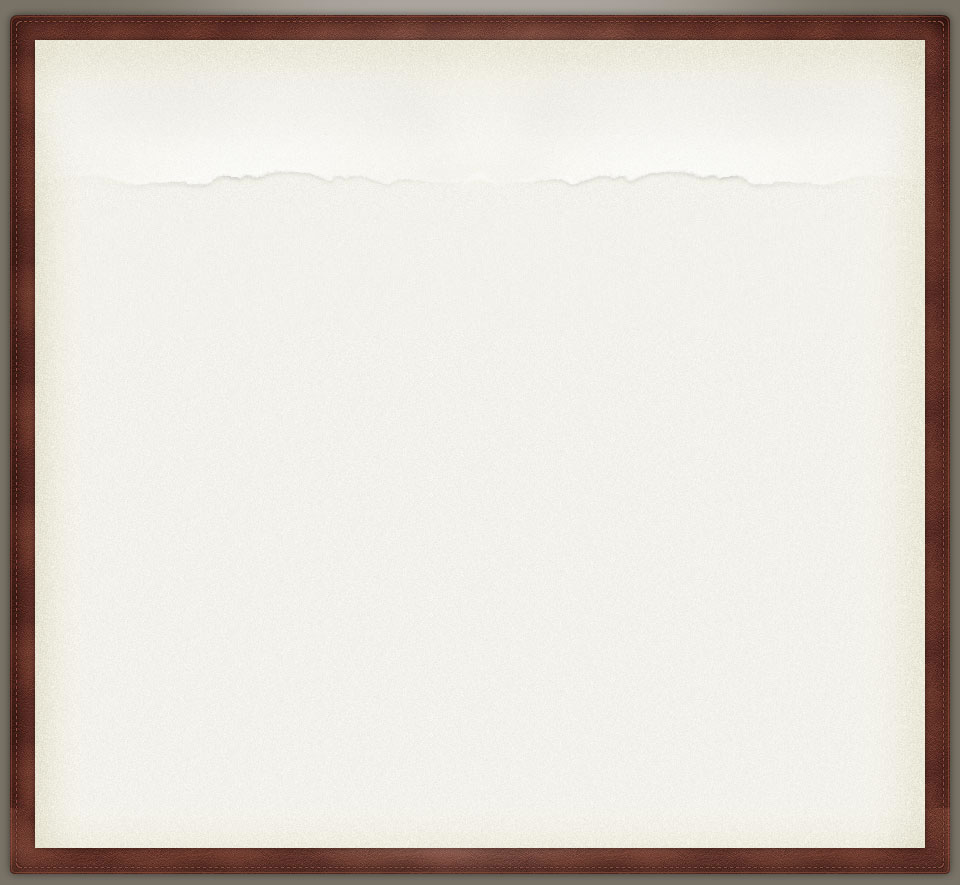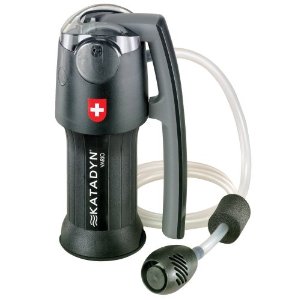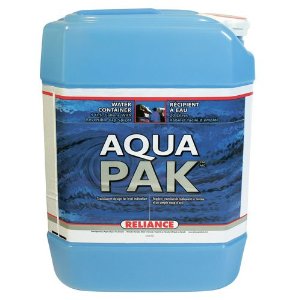

Prepare & Provide
Educating & Preparing People in the Event of a Disaster
If an earthquake, hurricane, winter storm or other disaster strikes your community, you might not have access to food, water and electricity for days or even weeks. By taking some time now to store emergency food and water supplies, you can provide for your family. This is no exaggeration FEMA & Red Cross, both will tell you this.
When Preparing for disaster survival remember the rule of 3.
Having an ample supply of clean water is a top priority in an emergency. A normally active person needs to drink at least two quarts of water each day. Hot environments can double that amount. Children, nursing mothers and ill people will need even more. You will also need water for food preparation and hygiene.
If supplies run low, never ration water. Drink the amount you need today and try to find more for tomorrow. You can minimize the amount of water your body needs by reducing activity and staying cool.
Storing Water Safely
There are two primary ways to treat water: boiling and adding bleach. If tap water is unsafe because of water contamination (from floods, streams or lakes), boiling is the best method.
Filtering water
Cloudy water should be filtered before boiling or adding bleach.
Water filters can also be bought.
Though In a pinch you can filter water using coffee filters,
paper towels, cheese cloth or a cotton plug in a funnel.
Boiling-
Boiling is the safest method of purifying water. Bring water to a rolling boil for 3-5 minutes, keeping in mind that some water will evaporate. Let the water cool before drinking. Boiled water will taste better if you put oxygen back into it by pouring the water back and forth between two clean containers. This will also improve the taste of stored water.
Purifying by adding liquid chlorine bleach-
You can use household liquid bleach to kill microorganisms. Use only regular household liquid bleach that contains 5.25% sodium hypochlorite. Do not use scented bleaches, colorsafe bleaches or bleaches with added cleaners. Add 16 drops of bleach per gallon of water, stir and let stand for 30 minutes.
If the water does not have a slight bleach odor, repeat the dosage and let stand another 15 minutes. The only agent used to purify water should be household liquid bleach.
Other chemicals, such as iodine or water treatment products sold in camping or surplus stores that do not contain 5.25% sodium hypochlorite as the only active ingredient, are not recommended and should not be used.
While the two methods described above will kill most microbes in water, distillation will remove microbes that resist these methods, and heavy metals, salts and most other chemicals.
Distillation-
Distillation involves boiling water and then collecting the vapor that condenses back to water. The condensed vapor will not include salt and other impurities. To distill, fill a pot halfway with water. Tie a cup to the handle of the pot's lid so that the cup will hang right-side-up when the lid is upside-down (make sure the cup is not dangling into the water) and boil the water for 20 minutes. The water that drips from the lid into the cup is distilled.
When Preparing for disaster survival remember the rule of 3.
- 3 minutes without air
- 3 days without water
- 3 weeks without food
Having an ample supply of clean water is a top priority in an emergency. A normally active person needs to drink at least two quarts of water each day. Hot environments can double that amount. Children, nursing mothers and ill people will need even more. You will also need water for food preparation and hygiene.
If supplies run low, never ration water. Drink the amount you need today and try to find more for tomorrow. You can minimize the amount of water your body needs by reducing activity and staying cool.
Storing Water Safely
- Store one gallon of water per person per day.
- Store at least a 2 week supply of water per person.
- Collect the water from a safe supply.
- Thoroughly washed plastic containers such as soft drink bottles are best. You can also purchase food-grade plastic buckets or drums.
- Seal water containers tightly, label with date, and store in a cool, dark place.
- Replace water every six months.
- Never reuse a container that contained toxic materials such as pesticides, solvents, chemicals, oil or antifreeze.
- Water purification
There are two primary ways to treat water: boiling and adding bleach. If tap water is unsafe because of water contamination (from floods, streams or lakes), boiling is the best method.
Filtering water
Cloudy water should be filtered before boiling or adding bleach.
Water filters can also be bought.
Though In a pinch you can filter water using coffee filters,
paper towels, cheese cloth or a cotton plug in a funnel.
Boiling-
Boiling is the safest method of purifying water. Bring water to a rolling boil for 3-5 minutes, keeping in mind that some water will evaporate. Let the water cool before drinking. Boiled water will taste better if you put oxygen back into it by pouring the water back and forth between two clean containers. This will also improve the taste of stored water.
- Boiling is the safest way to purify water.
- Bring the water to a rolling boil for 3-5 minutes.
- Let the water cool before drinking.
Purifying by adding liquid chlorine bleach-
You can use household liquid bleach to kill microorganisms. Use only regular household liquid bleach that contains 5.25% sodium hypochlorite. Do not use scented bleaches, colorsafe bleaches or bleaches with added cleaners. Add 16 drops of bleach per gallon of water, stir and let stand for 30 minutes.
If the water does not have a slight bleach odor, repeat the dosage and let stand another 15 minutes. The only agent used to purify water should be household liquid bleach.
Other chemicals, such as iodine or water treatment products sold in camping or surplus stores that do not contain 5.25% sodium hypochlorite as the only active ingredient, are not recommended and should not be used.
While the two methods described above will kill most microbes in water, distillation will remove microbes that resist these methods, and heavy metals, salts and most other chemicals.
Distillation-
Distillation involves boiling water and then collecting the vapor that condenses back to water. The condensed vapor will not include salt and other impurities. To distill, fill a pot halfway with water. Tie a cup to the handle of the pot's lid so that the cup will hang right-side-up when the lid is upside-down (make sure the cup is not dangling into the water) and boil the water for 20 minutes. The water that drips from the lid into the cup is distilled.


At Home Water Storage and Purification
